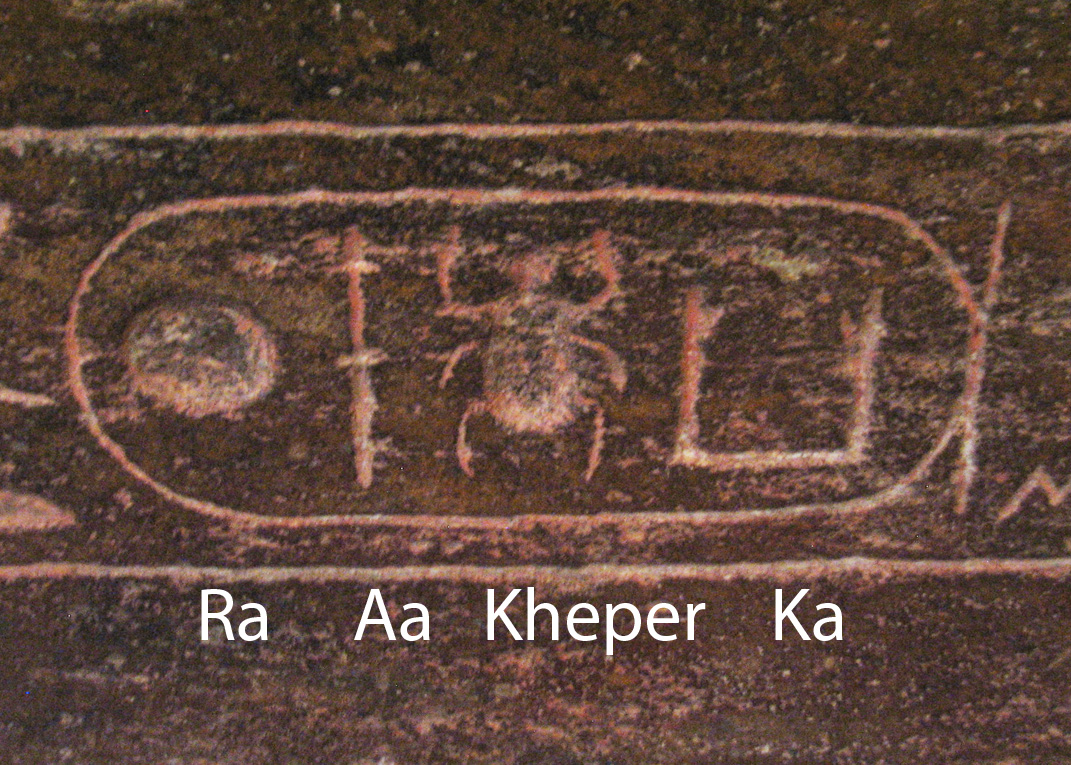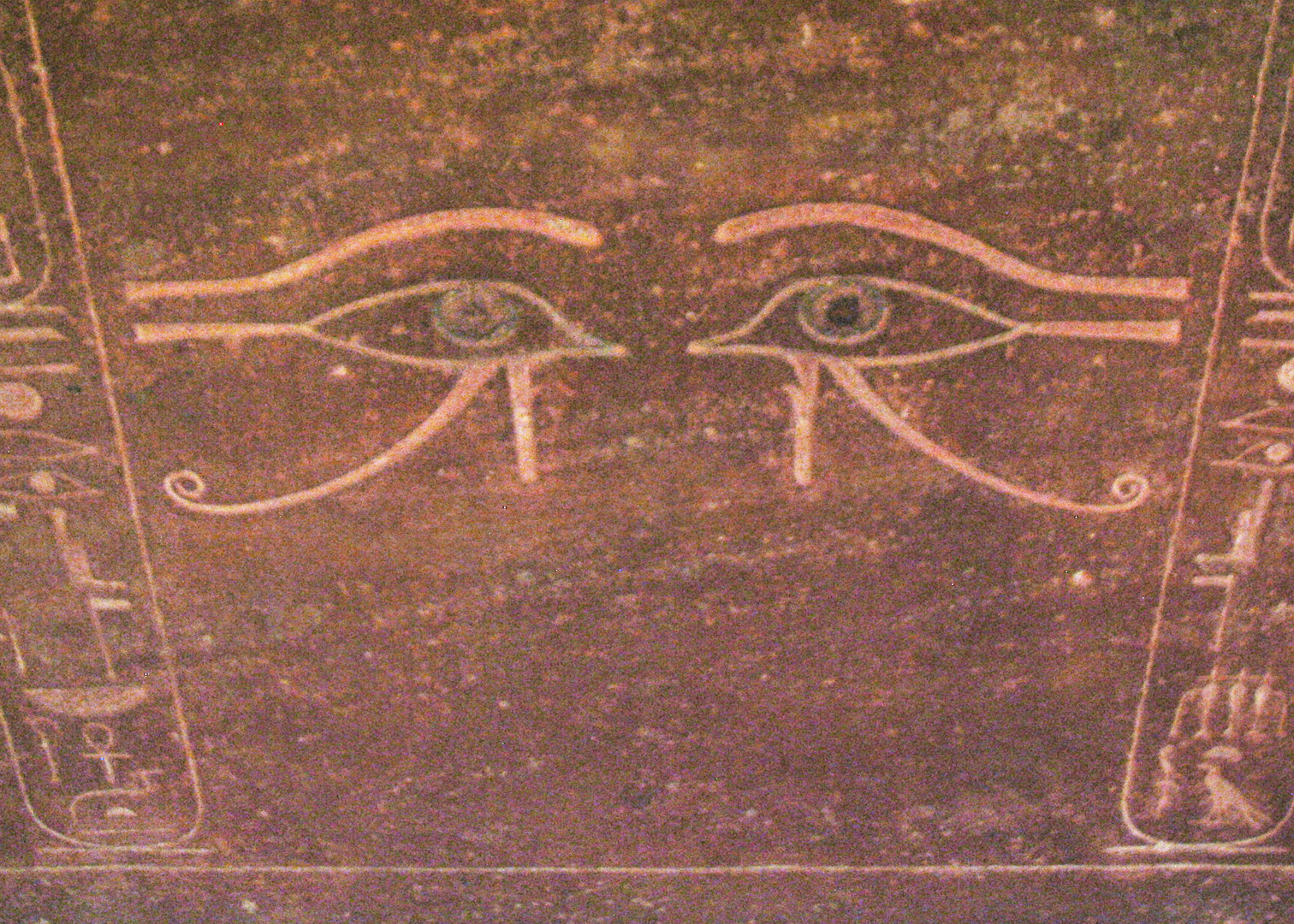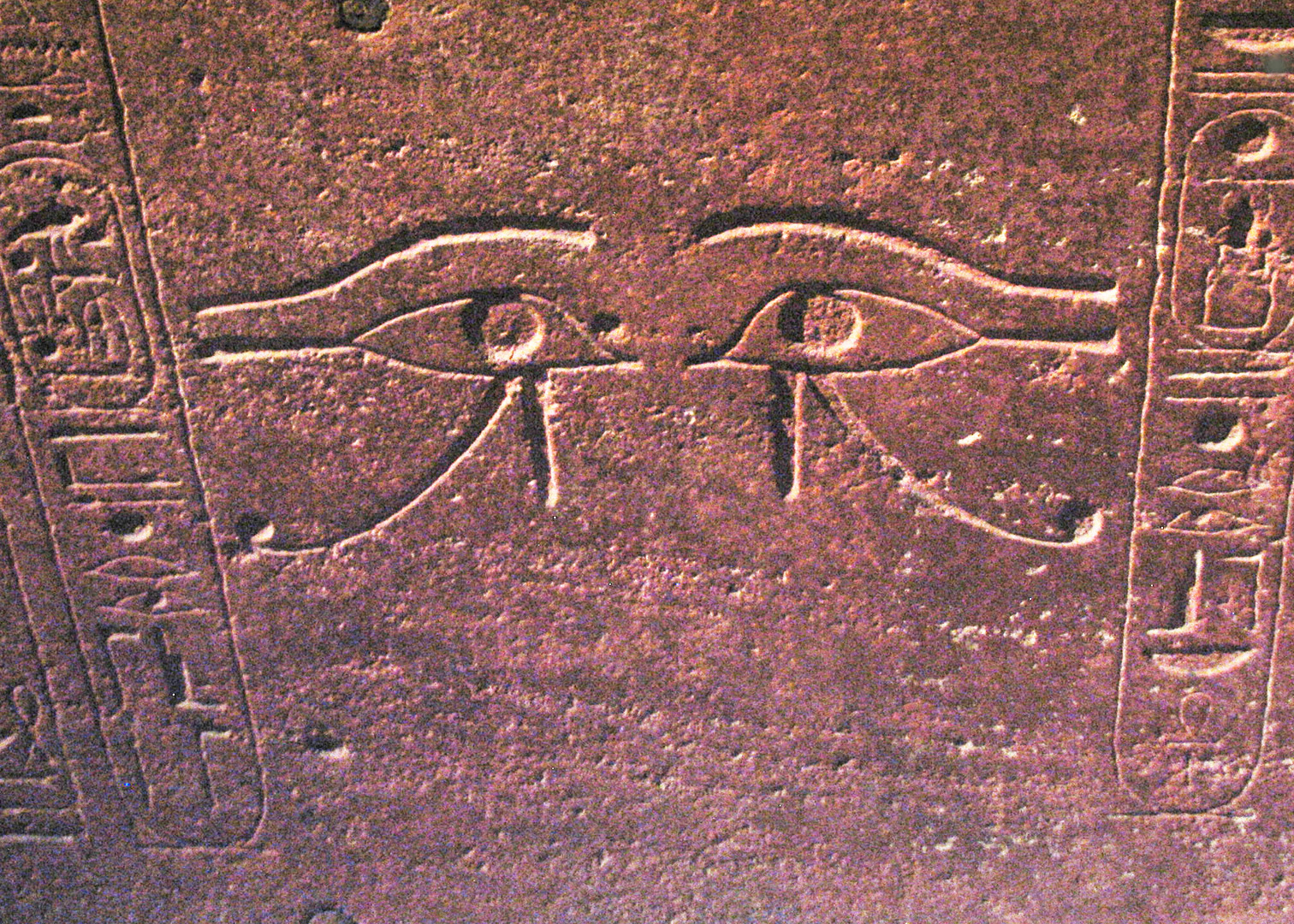
Sarcophagus of Queen Hatshepsut, recut for her father, Thutmose I
How did the United States get to be so lucky as to have a pharaoh's sarcophagus? It is because there is another sarcophagus for Thutmose I, this one in the Cairo museum (JE 52344). That one, the apparently "official" one is cartouche-shaped, and was made under Thutmose III's rule.
"Thutmosis I was first buried by Thutmosis II in an unidentified tomb. Later, during Hatshepsut's reign, his body was re-buried in tomb KV 20 of Hatshepsut. It is noteworthy that for this second burial Hatshepsut altered her own sarcophagus for her father and ordered a new one to be cut for herself. A few years later, Thutmosis III decided to remove Thutmosis I from KV 20 and to bury him in a new tomb, KV 38, with a new sarcophagus, a new coffin, a new canopic chest and, apparently, non-royal canopic jars by adding uraei to the stoppers, as in KV 55.
"The motivation to remove this mummy is obvious: It was to strengthen the legitimacy of the ruling king by acting as Horus acted for Osiris. For Hatshepsut, it was a good way to legitimate her claim to the throne and for Thutmosis III it was an opportunity to annul the legitimacy of Hatshepsut and to assert his own rights." (Marc Garbolde, "Under a Deep Blue Starry Sky", Causing His Name to Live: Studies in Egyptian Epigraphy and History in Memory of William J. Murnane, edited by Peter James Brand and Louise Cooper (Brill 2009), page 114)
Thus, we are lucky to have this "cast-off"!
*(Actually, this isn't the only sarcophagus outside of Egypt. There are two others. "The other two belong to Seti I (made of alabaster; in Sir John Soane's Museum, London) and Ramesses III (made of red granite; lid in the Fitzwilliam Museum, Cambridge, box in the Louvre Museum, Paris." (Footnote in "New Light on the Recarved Sarcophagus of Hatshepsut and Thutmose I in the Museum of Fine Arts, Boston", by Peter Der Manuelian and Christian E. Loeben)
Thebes, Valley of the Kings, tomb KV 20, New Kingdom, Dyn. 18, reign of Hatshepsut, 1473-1458 B.C.E.
Red granite, 82 x 87 cm, 2721.6 kg, 225 cm (32 5/16 x 34 1/4 in., 6000 lb., 88 9/16 in.)
Gift of Theodore M. Davis, 1904, MFA #04.278
"This Eighteenth-Dynasty royal sarcophagus is the only one outside of Egypt.* It was the second of three quartzite sarcophagi made for the queen turned pharaoh, Hatshepsut. After she assumed control of the throne, she commissioned a tomb in the Valley of the Kings and ordered this sarcophagus to be made for it. Later, however, Hatshepsut decided to transfer her father's mummy from his tomb to hers, and ordered her coffin to be retrofitted for him. The original inscriptions were altered to reflect the new recipient, Thutmose I. His name was substituted for hers, feminine pronouns changed to masculine, and new inscriptions added. This pious act of filial devotion is commemorated in an inscription on the outer right side of the sarcophagus: "She made it as her monument for her beloved father, the good god, lord of the Two Lands, king of Upper and Lower Egypt Aakheperkara, the son of Re, Thutmose, vindicated."
(From museum website)
"Aa-kheper-ka-ra", "great coming into being of the 'ka' of Ra"
Photos ©Joan Ann Lansberry, 2014









